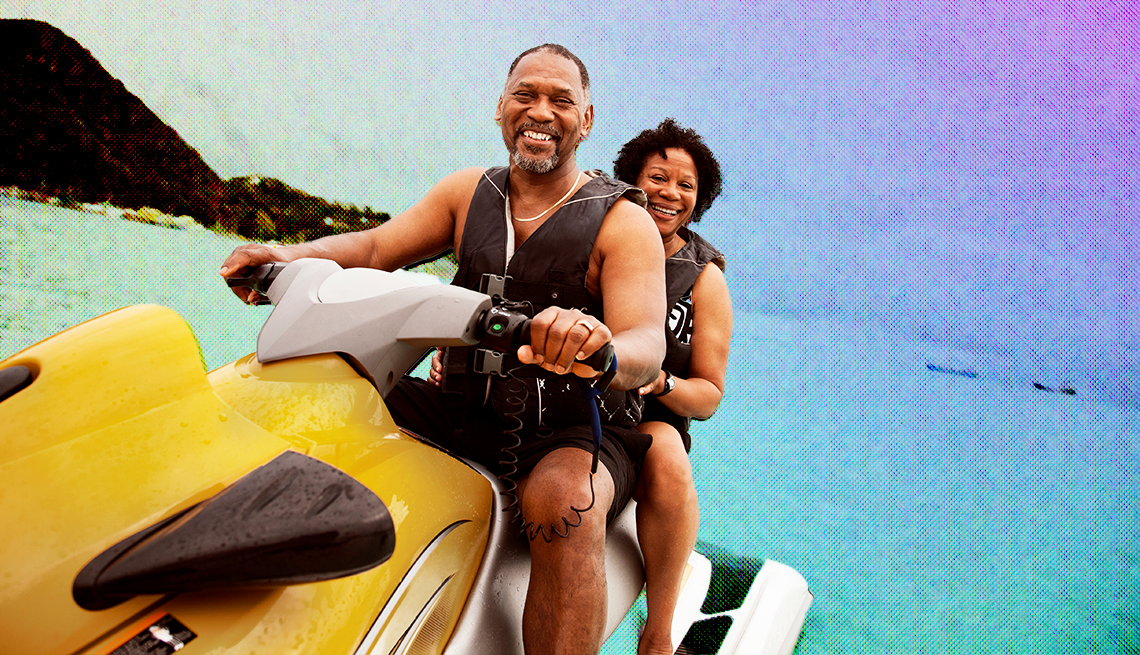AARP Hearing Center
Living in Tampa, Florida, I’ve gotten spoiled by beautiful beaches. But when I ventured to Clearwater Beach, Florida, on Oct. 29 – after hurricanes Helene and Milton did considerable damage to a large swath of Florida’s Gulf Coast – the sand seemed a few shades brighter and the sky just a touch bluer than I remembered.
Maybe it was because, like many people, I wasn’t sure what to expect a month on from the storms that affected so much of Florida’s Gulf coastline.
To recap: Helene made landfall near Perry in the Big Bend area Sept. 26, while Milton’s eye crossed over Siesta Key, just south of Sarasota, on Oct. 9.
Visit Florida, the state tourism board, estimates 32.8 million boomers traveled to Florida in 2023. The state was the number one destination for adults 50 and older in AARP’s 2024 Travel Trends report.
Many well-known Florida beaches popular with snowbirds during the winter (snowbird season runs between October and April) have been in full-on recovery mode since disastrous flooding and wind damage from the storms ravaged the area and beyond.
Driving around Clearwater Beach, I noticed only traces of sand still on the streets from the storms, along with towering pyramids of it piled near shoreline parking lots. The area’s larger hotels, including the JW Marriott Clearwater Beach Resort & Spa, Sandpearl Resort and Hilton Clearwater Beach Resort & Spa, were open for business and looked largely unscathed, although the beach itself was noticeably empty on this beautiful, late-October day.
A couple vacationing from Michigan was on the sand.
“It looks better than we thought it would,” says John Klager.
His wife, Rita, 57, says she was disappointed with the water (a light rust color where it lapped the sand), “but other than that I’m surprised by how good the buildings look,” she says. The couple had just enjoyed lunch nearby at The Salty Crab Bar & Grill and were staying with a friend in nearby Dunedin before heading across the state to Cocoa Beach to leave on a cruise.
Driving south along the coast from Clearwater Beach onto Sand Key and through Belleair and Indian Rocks Beach, the storm damage became more evident. Streets were lined with piles of flood-destroyed furnishings and lawn debris awaited removal. Many beach approaches in Indian Rocks Beach had cardboard signs that read: “Beach Closed.” But at Crabby Bills, just across the street from the Gulf of Mexico, nearly every outdoor table was full.
The area’s beaches were staging a brave comeback, but it is going to be a long road.


The official word on what to expect
Snowbirds who’ve visited the affected areas before and plan to come back this winter should be prepared for things to be different than they remember in the affected areas.





































































